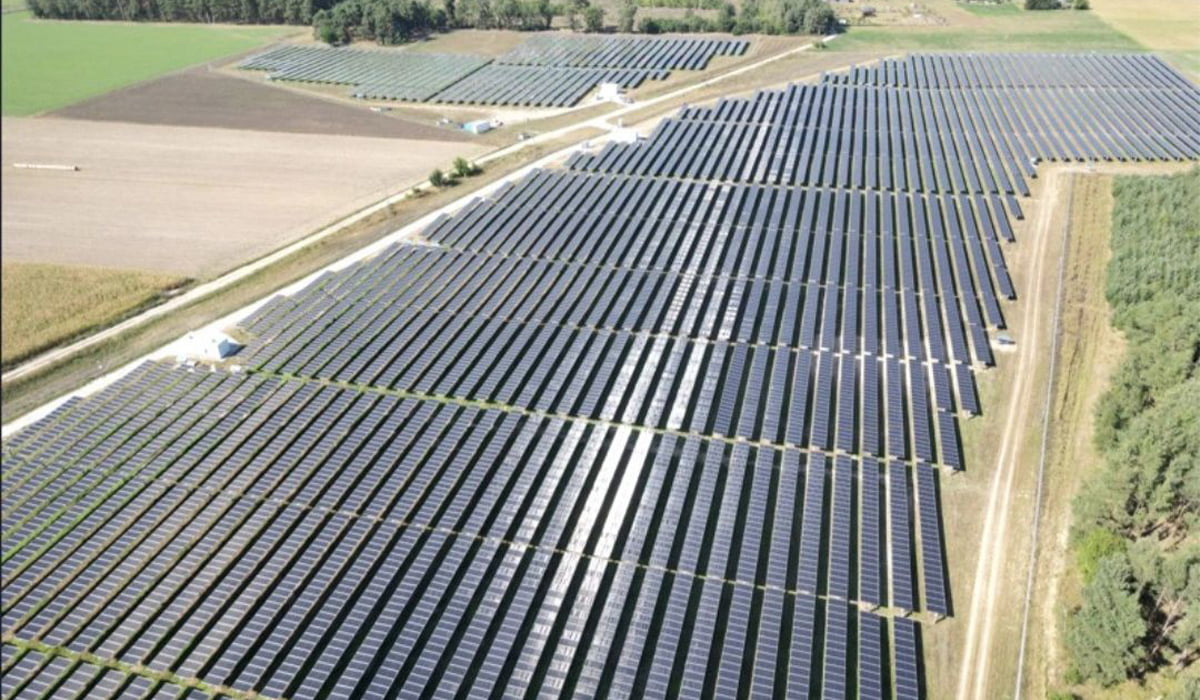What impact will Trump’s victory have on China’s new energy companies?
Nov 08, 2024
No matter who is elected, encouraging local manufacturing is a political correctness affirmed by both the Republican and Democratic parties in the United States. This can be seen from the fact that Trump continued the ITC subsidy on the demand side of photovoltaics during his last term, and the new photovoltaic installations during his term continued to grow (CAGR 7%).
Therefore, the industry generally believes that Trump will most likely continue to pursue "America First" after taking office, encourage the return of the US photovoltaic manufacturing industry, welcome foreign companies to build factories in the United States, pay taxes in the United States, and solve local employment. This is actually beneficial to Chinese new energy companies that have already built factories in the United States or plan to build factories in the United States.
According to public information, in terms of photovoltaics, photovoltaic companies that have built factories in the United States or plan to build factories in the United States include Trina Solar, JA Solar, JinkoSolar, LONGi Green Energy, Canadian Solar, TCL Zhonghuan, Seraphim, Zhejiang Haoneng Optoelectronics, etc.
In terms of energy storage, energy storage industry leaders such as CATL, Guoxuan High-tech, EVE Energy, and Envision Power have announced plans to build factories in the United States.
Some people believe that the reason why Chinese new energy companies are planning to build factories in the United States is largely due to the Biden administration's "Inflation Reduction Act" (IRA). The act stipulates that photovoltaic companies that build factories, produce and sell in the United States can receive certain subsidies, including a tax reduction of $0.07/W for the component link. In terms of batteries, according to the "Inflation Reduction Act", the United States will provide a tax credit of $7,500 for the assembly of electric vehicles in North America.
So will Trump's advocacy of repealing the bill affect the earnings of the above companies in the US market?
In fact, in the view of many analysts, including Evercore senior analyst James West, although Trump is unlikely to continue to support the IRA bill promoted by the Biden administration after winning the election, it is also quite difficult to shake the bill - any amendment to the law requires the approval of the US Congress, and if the bill is to be repealed, it requires a 2/3 vote by the Senate and the House of Representatives.
In addition, West specifically mentioned that the employment opportunities related to the IRA bill are mainly concentrated in red states with strong Republican forces (currently more than 70% of the US photovoltaic production capacity is built in Republican states), and the IRA is likely to basically maintain its integrity without being greatly affected.
It is understood that many well-known photovoltaic companies have obtained tax credits under the IRA Act:
In September this year, JinkoSolar announced that its factory in Florida, USA, had obtained tax credits under the US IRA Act.
Recently, Canadian Solar has confirmed that it has received US IRA subsidies and has recorded them as other income. Prior to this, Canadian Solar had stated in the investor activity record that its 5GW module factory in the United States will be put into production at the end of 2023 and is expected to be fully operational in the first half of 2025. According to relevant regulations, you can enjoy IRA subsidies.
2. Comprehensive tariffs have little impact, and Southeast Asia's anti-dumping and countervailing duties are a bipartisan consensus
Some people believe that Trump's advocacy of [imposing a 60% tariff on China and a 10% tariff on other parts of the world] will directly increase the cost of Chinese photovoltaic companies entering the US market and weaken the competitiveness of Chinese companies.
However, it should also be noted that the current full industrial chain capacity for US photovoltaics has ready-made overseas capacity, so this new tariff has almost no impact on Chinese photovoltaic companies.
At present, the most profound impact on US photovoltaic exports is the [Southeast Asian anti-dumping and countervailing duties and 201 tariffs] on battery packs, especially the anti-dumping and countervailing duties introduced during the Biden administration. Among them, the preliminary ruling on the anti-subsidy tax is in line with expectations, and the anti-dumping tax is expected to be initially ruled at the end of November. It is expected that the total anti-dumping and countervailing duties will be 30-50%, which will have a greater impact on the export of components from the four Southeast Asian countries, while the impact on companies with US component production capacity and IRA subsidies is controllable.
It should be noted that the anti-dumping and countervailing duties for the four Southeast Asian countries are a bipartisan consensus. Even if Trump does not win the election, but Harris comes to power, there is a high probability that they will be strictly enforced.
Although Trump's energy policy may have a certain impact on China's photovoltaic industry, the demand and potential of the US photovoltaic market are still huge. According to the forecast of the American Photovoltaic Association, the scale of US photovoltaic installations will continue to grow in the next few years, and the corresponding demand for components will also increase significantly. In addition, even if Trump really continues to tighten the tariff policy on Chinese photovoltaic products, since the United States cannot completely get rid of its high dependence on Chinese photovoltaic products, Chinese photovoltaic companies still have the opportunity to meet the needs of the US market by deploying overseas production capacity outside the four Southeast Asian countries.